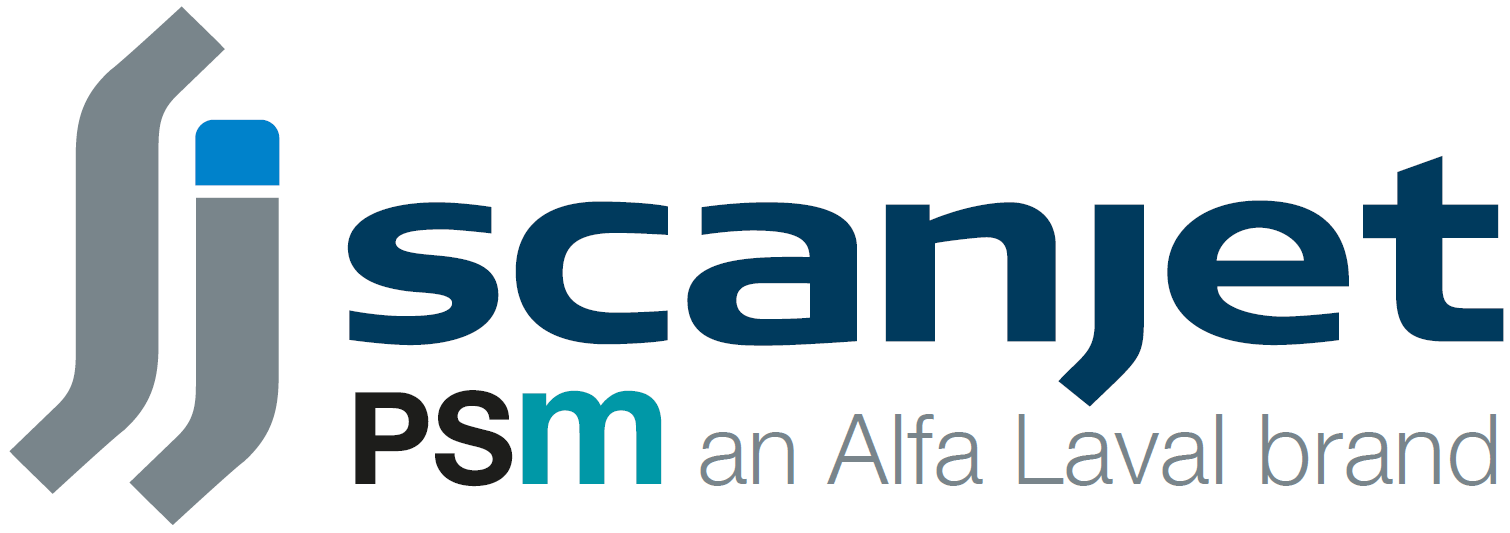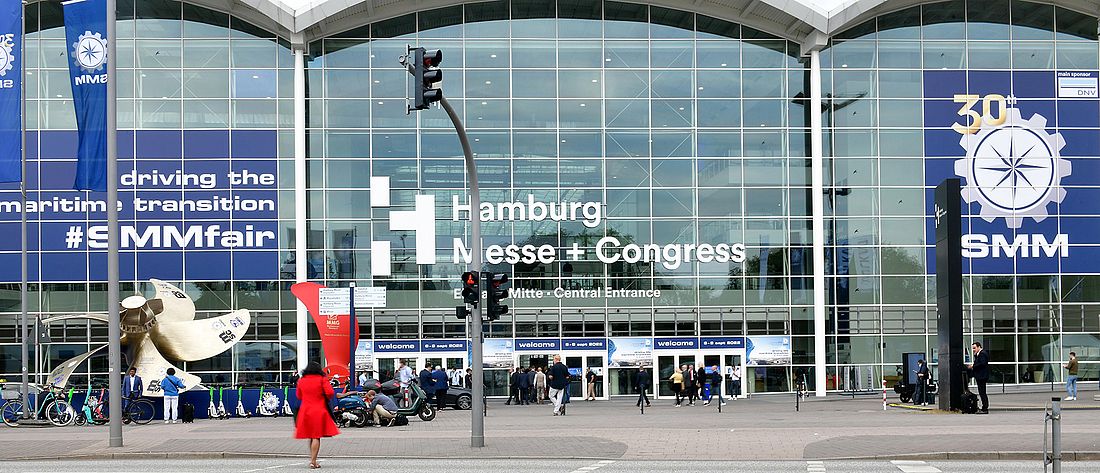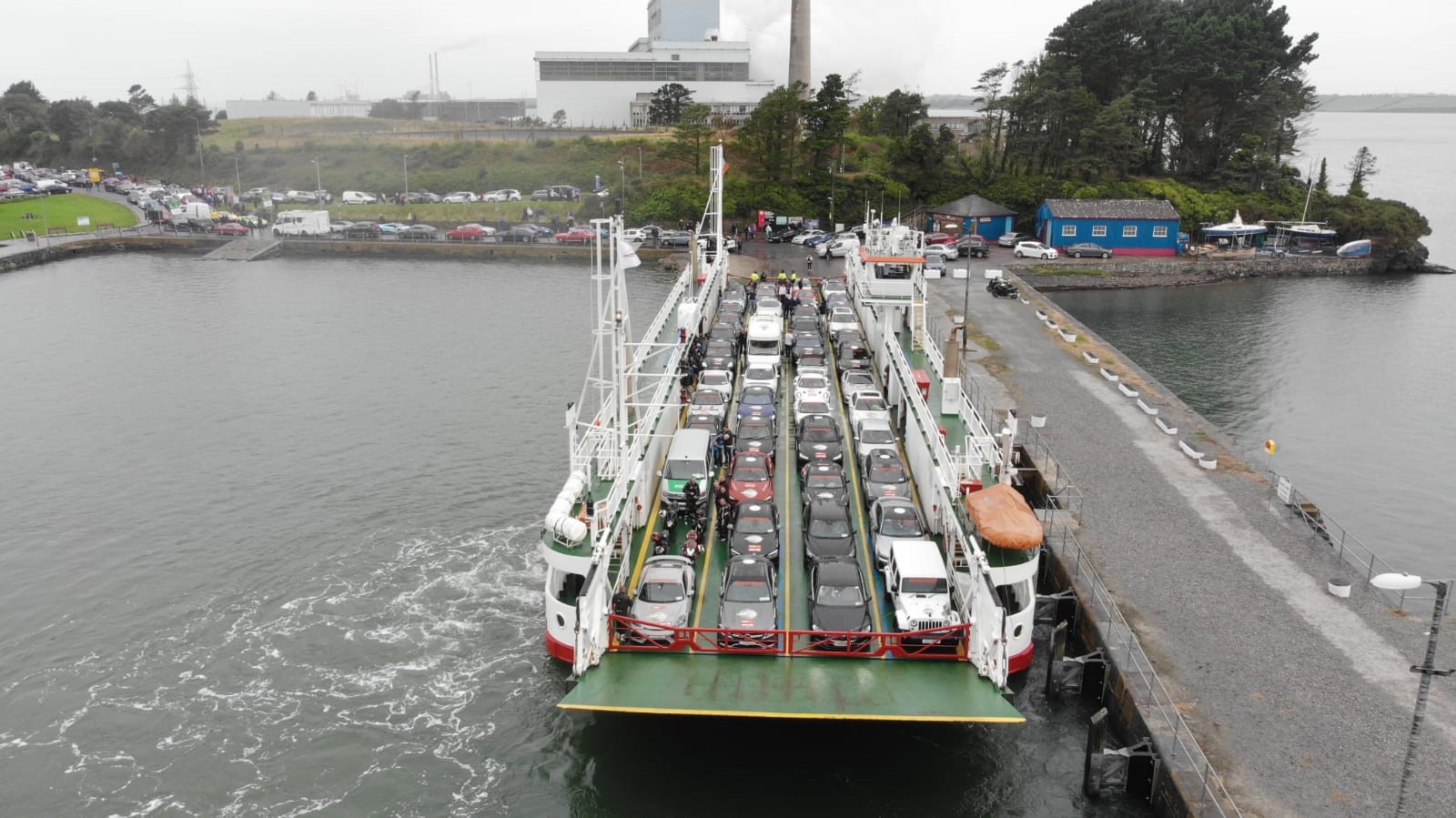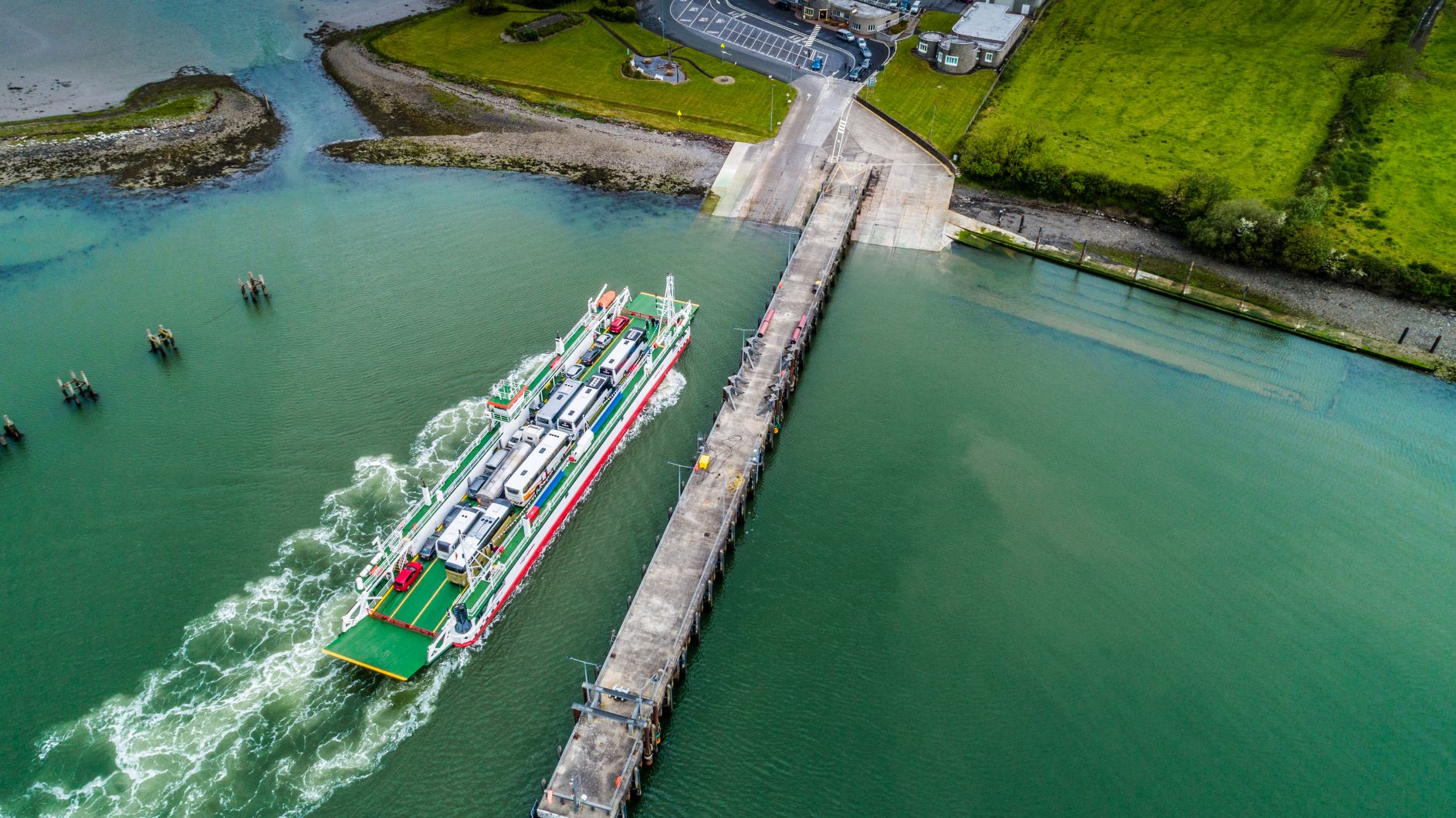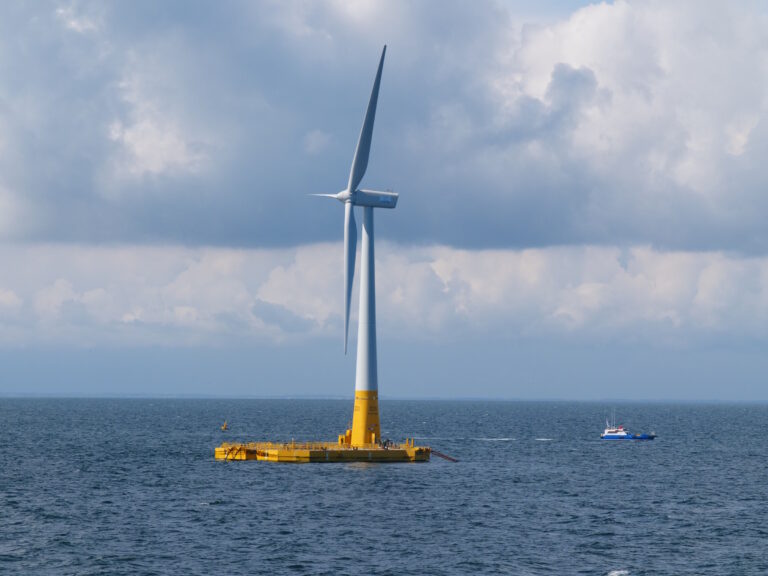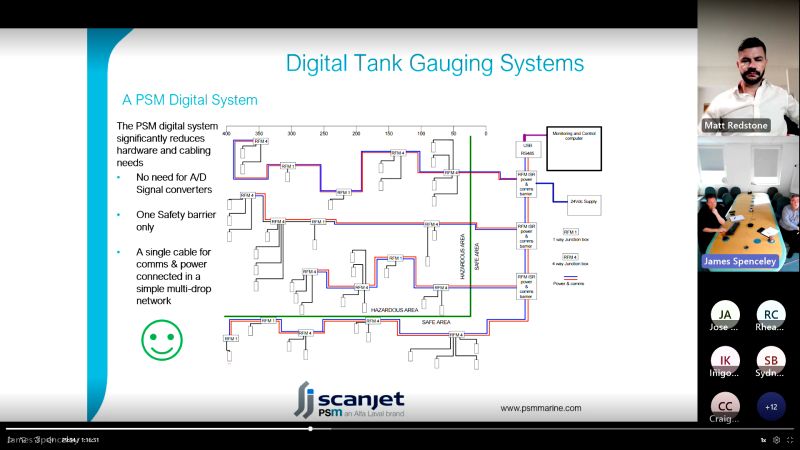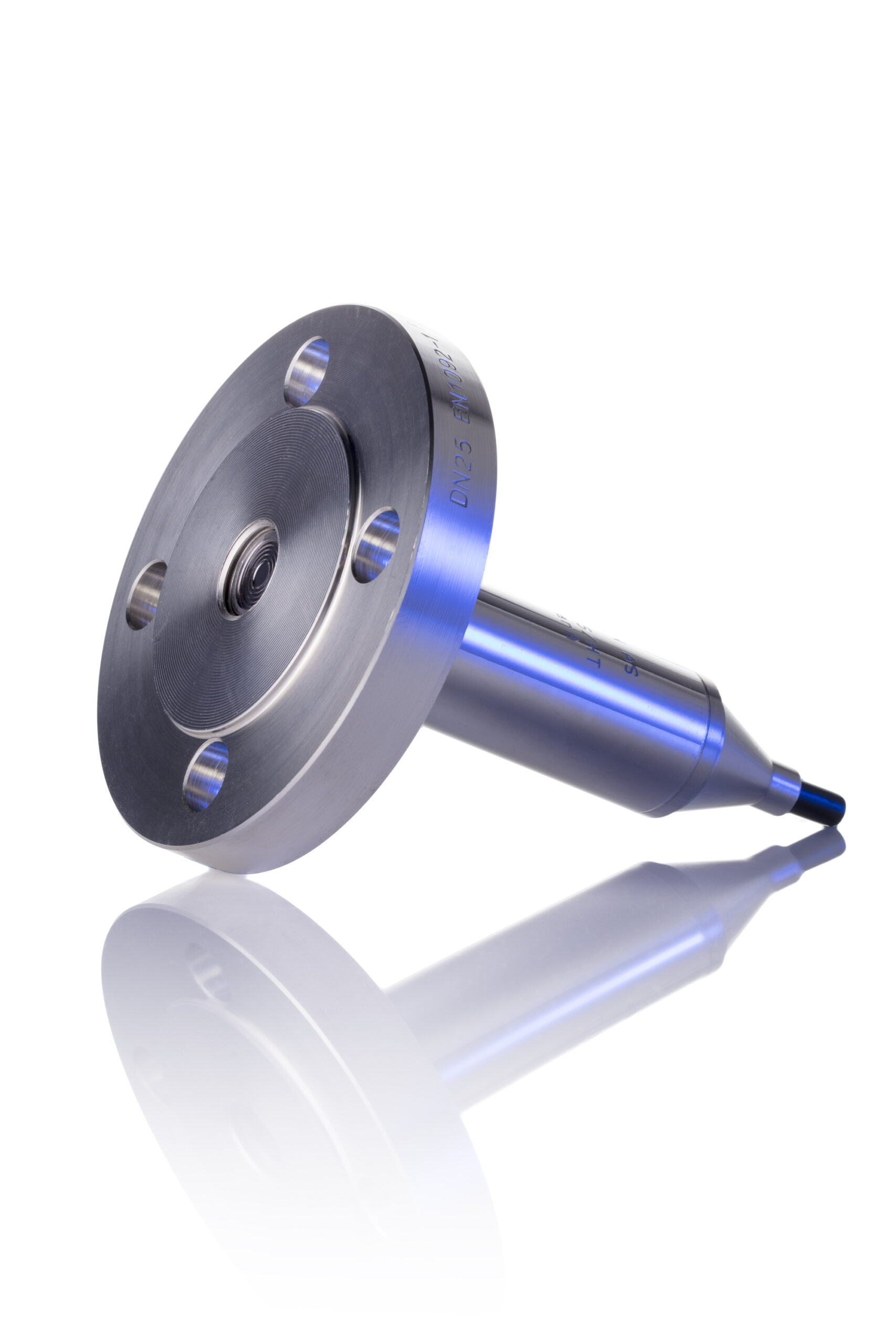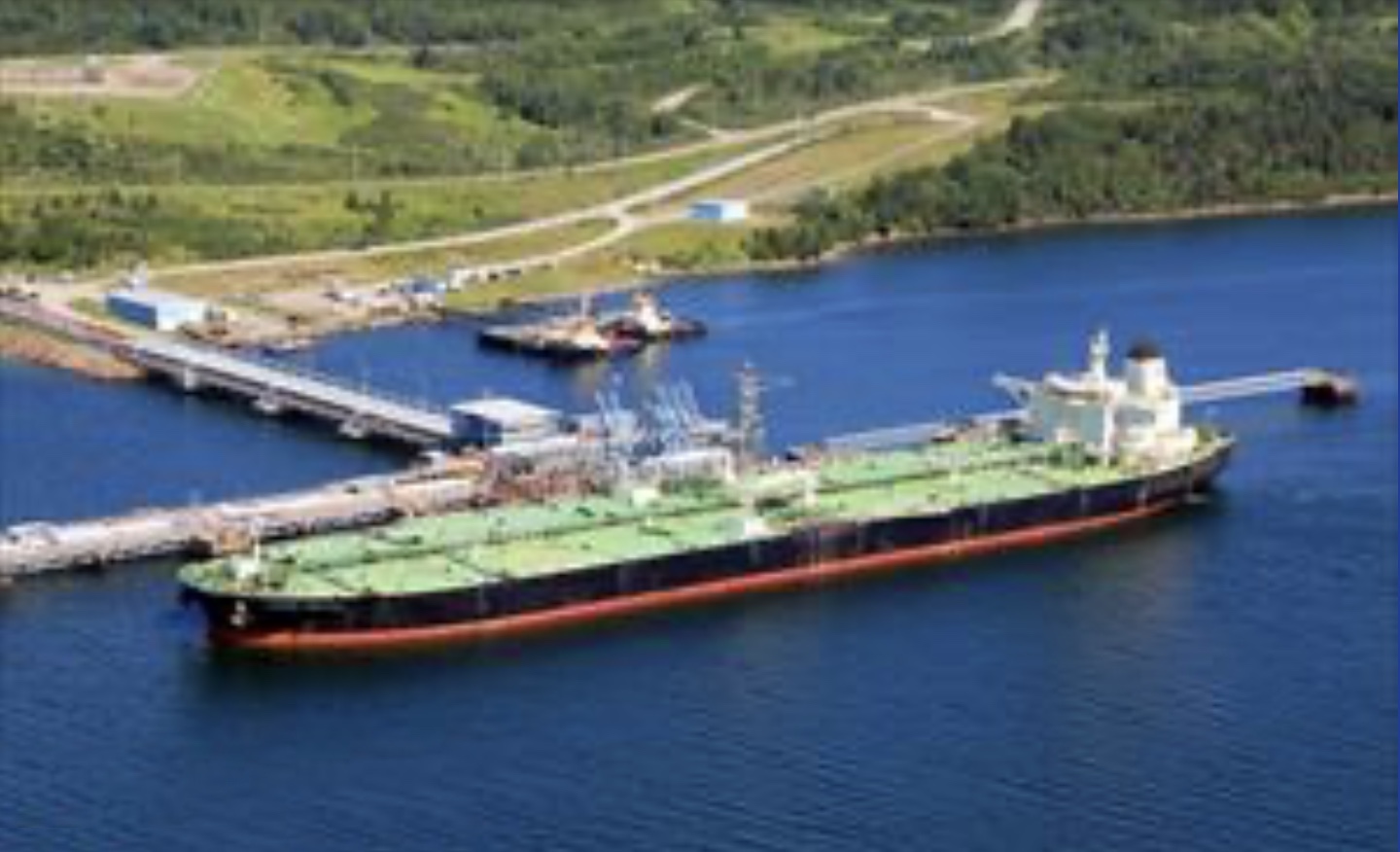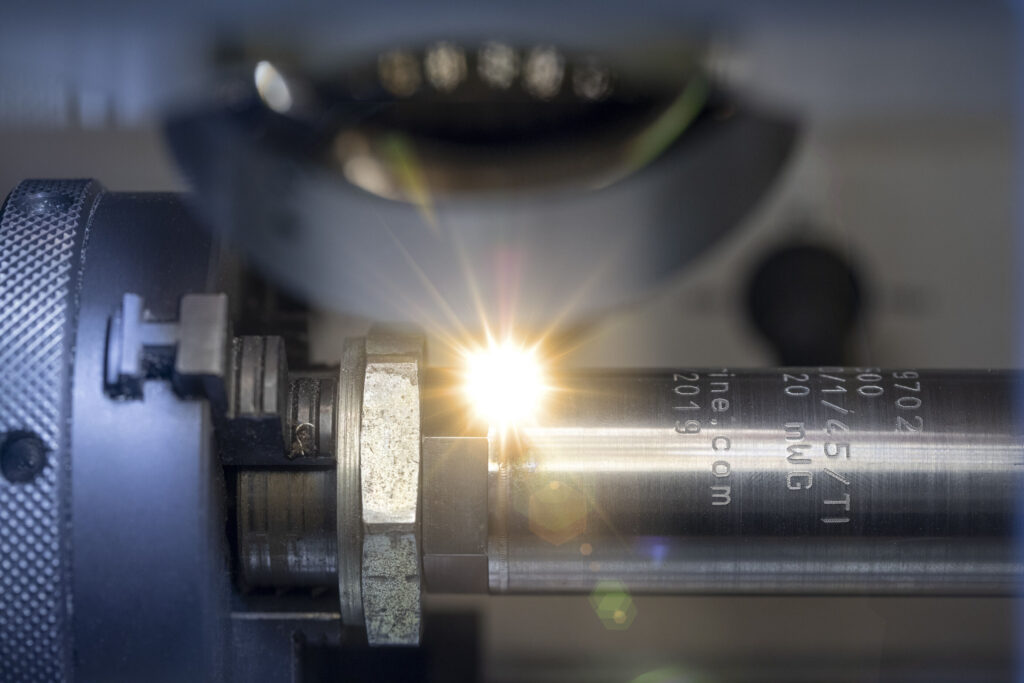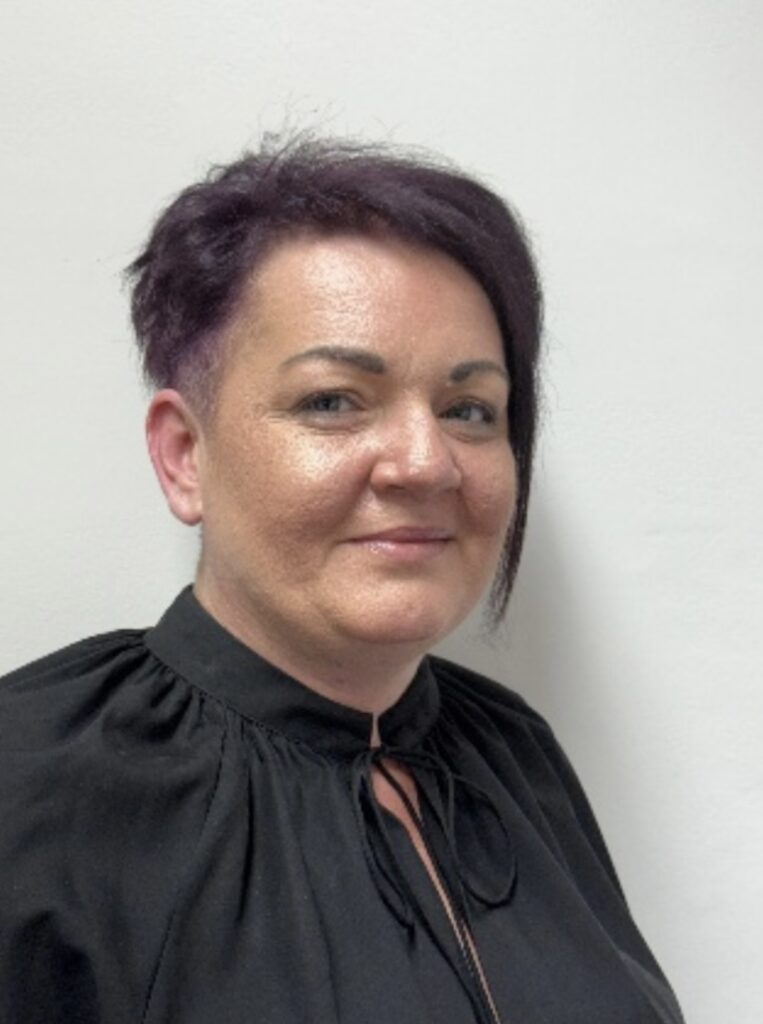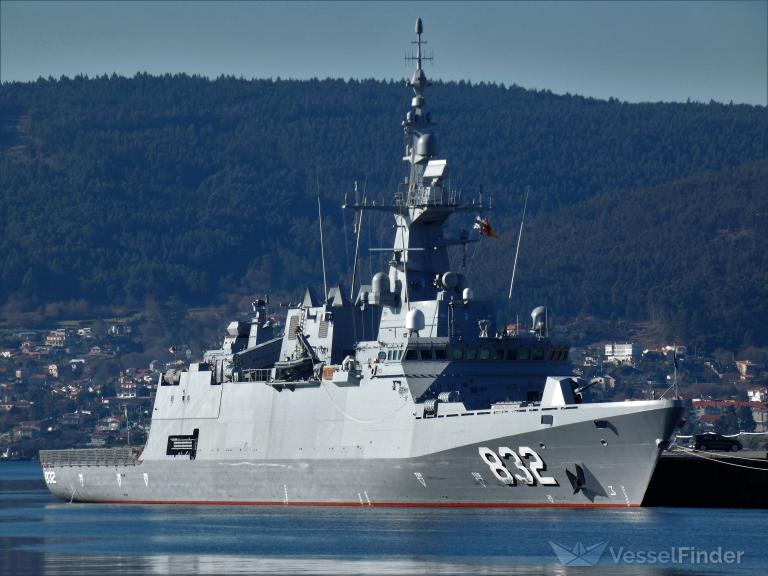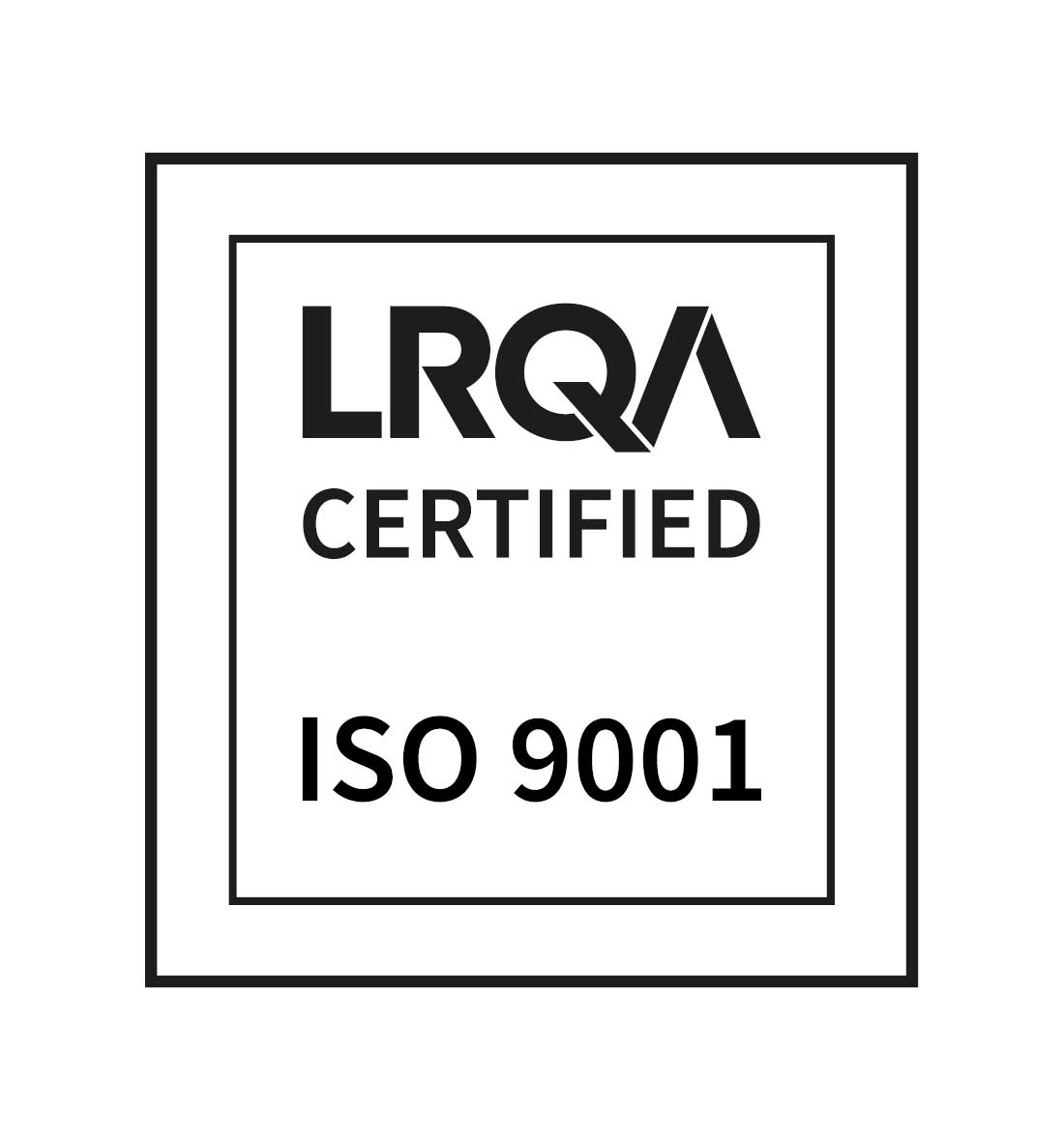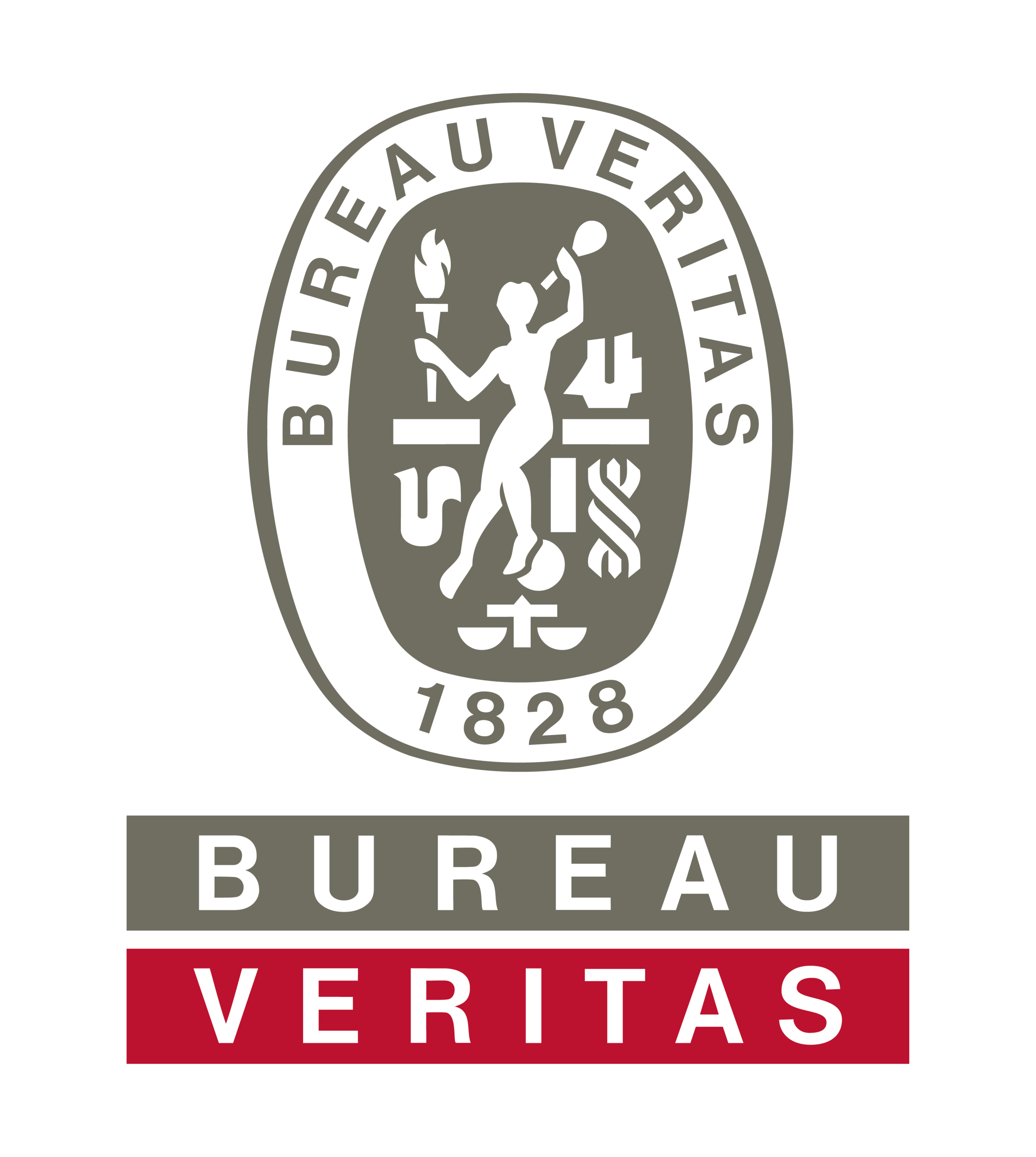With most of our business transactions being conducted online and our company data held in the cloud, the security of the information we send, receive and store is of upmost importance, both from an operational perspective and in handling sensitive customer data.
This is especially the case for the various governmental / Naval projects we work on. Proposals and project documentation may often only be submitted via a client’s own secure portal and this practice is now extending to Classification Societies for product approval purposes.
Before access to a client’s portal is granted, a company will normally have to demonstrate that they have the necessary protection in place for handling sensitive data. This year at PSM, we have undergone a complete change in our I.T. infrastructure, with it now being entirely cloud based and making use of the latest Microsoft applications. All users may only download applications to their local machine via a secure central portal, and only applications which are held on the parent company Scanjet’s portal may be used.
In addition, this year we have been certified under the UK Government Cyber Essentials scheme, where an approved independent company assesses all aspects of data handling and tests for vulnerabilities. We are delighted that PSM met and has been accredited to the enhanced standard of Cyber Essentials Plus.
Building on this, many companies in the Aerospace, Defence and Security sectors also use a further accreditation known as JOSCAR provided by Hellios. This is a wider reaching evaluation of a potential supplier, taking in all aspects of its organisation, operation, production standards and finances. We have held JOSCAR accreditation for a number of years and recognise its value as providing reassurance to our customers, and in some cases a mandatory compliance.
Since its inception, PSM has always been assessed for and held ISO 9000 Certification, and has this year been recertified to the latest standard.
When our parent company, Scanjet, was acquired by Alfa Laval in 2022, we also gained access to a full suite of best business practice policies, which deal with all aspects of company operation and its interaction with its employees and clients.
Together, all these accreditations, practices, and policies ensure PSM continues to do all we can to ensure the safe handling of customer data and a professional and ethical approach to business.
Copies of all accreditations can be found on the PSM website.
